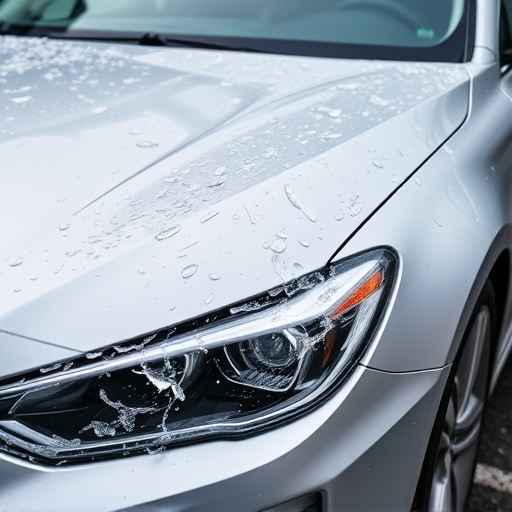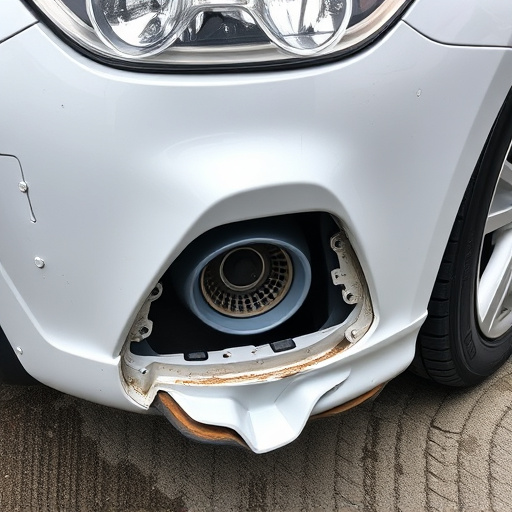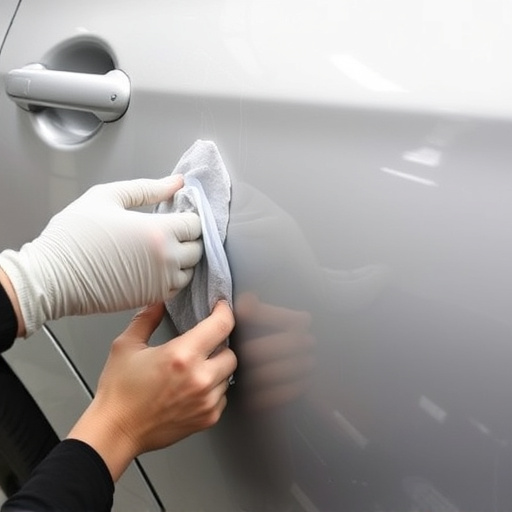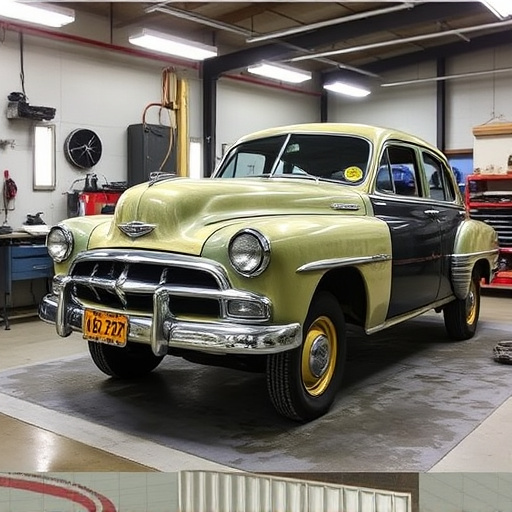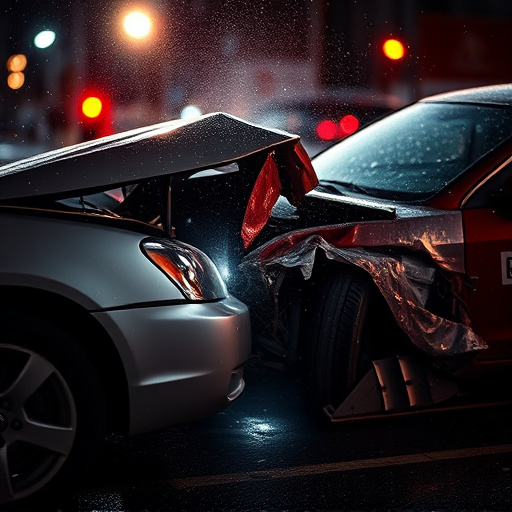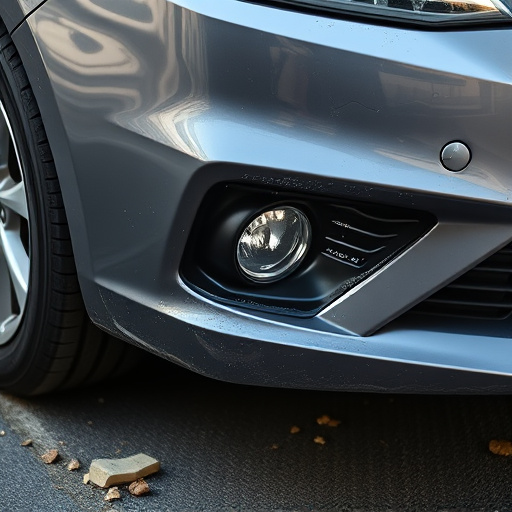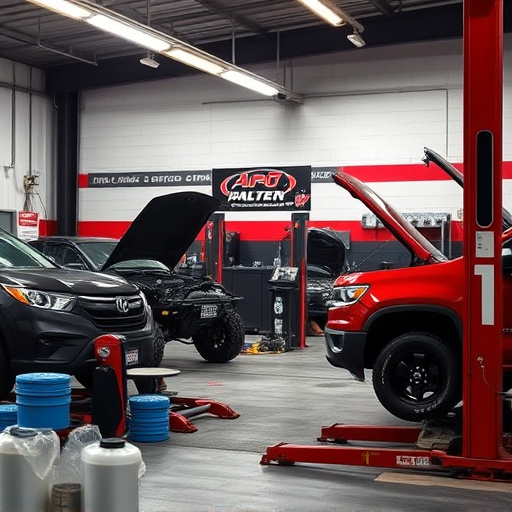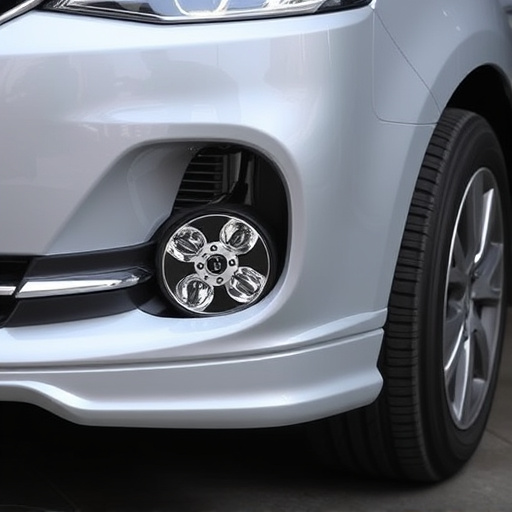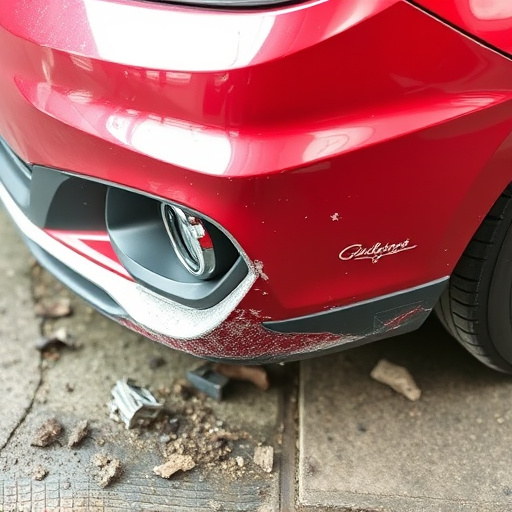After a heavy-duty truck collision, immediate medical attention is crucial for physical and psychological health. Document accident scene, exchange information, and gather evidence like photos, witness statements, and repair estimates. File an insurance claim, providing detailed documentation, and understand legal rights for fair compensation covering medical bills and vehicle repairs. Maintain regular communication with insurance representative throughout repair process, especially for specialized services.
“After a heavy-duty truck collision, immediate actions are crucial. This article guides you through the critical legal steps to follow. First, assess injuries and seek prompt medical attention for yourself and others involved. Next, document the accident scene, collecting evidence like photos, witness statements, and vehicle damage reports. Lastly, file an insurance claim, understanding your rights and protections in this process. Ensuring these steps are taken efficiently can significantly impact the outcome of your case.”
- Assess Injuries and Seek Immediate Medical Attention
- Document the Accident Scene and Collect Evidence
- File an Insurance Claim and Understand Your Legal Rights
Assess Injuries and Seek Immediate Medical Attention
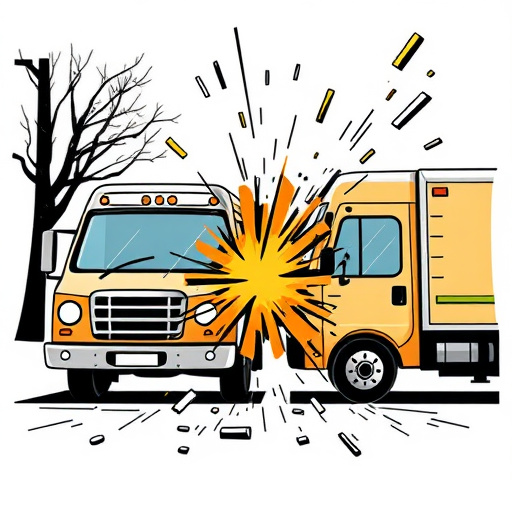
In the aftermath of a heavy-duty truck collision, assessing injuries and seeking immediate medical attention is paramount. Even if you believe your injuries are minor, it’s crucial to have yourself checked out by a healthcare professional as soon as possible. Heavy-duty truck collisions often result in complex and potentially severe traumas that may not be immediately apparent. Timely medical care can help prevent long-term health complications and ensure the best possible recovery.
Remember, immediate attention isn’t just about physical injuries; it also encompasses evaluating potential psychological impacts. The shock and trauma of a heavy-duty truck collision can lead to stress, anxiety, or post-traumatic stress disorder (PTSD). Prompt treatment, including counseling and therapy, can aid in managing these mental health concerns alongside any physical rehabilitation required, such as that provided by a car body shop specializing in automotive restoration and collision repair.
Document the Accident Scene and Collect Evidence
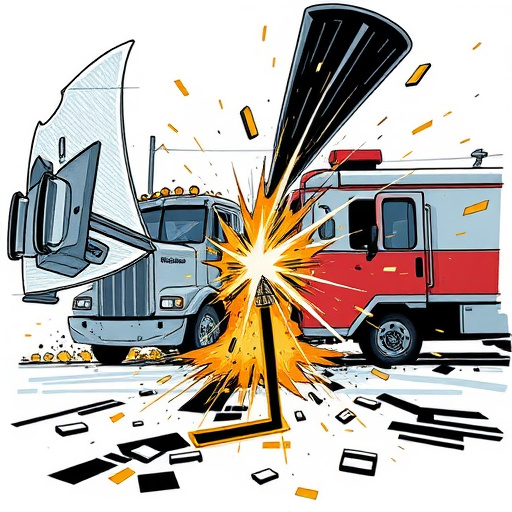
After a heavy-duty truck collision, the first step for everyone involved is to ensure safety and seek any necessary medical attention. Once that’s taken care of, documenting the accident scene becomes crucial. This involves taking photos of the damage to all vehicles, the accident location, traffic patterns, and any visible injuries. It’s also essential to exchange information with the other party(ies) involved—this includes names, contact details, insurance policies, and vehicle registration numbers.
Additionally, collecting evidence like witness statements, maintenance records of the heavy-duty trucks (to check for proper upkeep), and repair estimates from local auto repair shops (or car collision repair centers) can significantly aid in the subsequent legal process. Remember, accurate documentation and gathering comprehensive evidence are vital steps that could determine the outcome of any potential insurance claims or legal actions related to the heavy-duty truck collision. For reliable vehicle repair services near you, consider reputable auto repair shops known for their expertise in handling all types of vehicle repairs, including heavy-duty trucks.
File an Insurance Claim and Understand Your Legal Rights
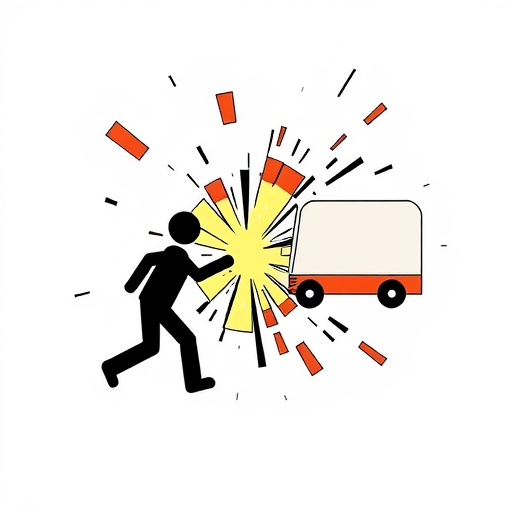
After a heavy-duty truck collision, one of the initial steps is to file an insurance claim. This process begins by contacting your insurance provider and providing them with all necessary details about the accident, including dates, locations, and any injuries sustained. It’s crucial to document everything—from taking photos of the damage to gathering contact information from other parties involved—as these will be essential for your claim. Understanding your legal rights is equally vital. Every jurisdiction has laws that protect victims of accidents, ensuring they receive fair compensation for medical bills, vehicle repairs (which could involve automotive restoration or auto glass replacement in case of damaged windshields), and any other associated costs.
Knowing what to expect during the insurance claim process can help reduce stress and ensure you don’t miss out on any benefits. Your insurer will assess the damage and determine the cost of repairs, including potential replacement parts. For heavy-duty trucks, these repairs can be complex, especially if specialized services like hail damage repair are required. Stay in regular communication with your insurance representative to ensure a smooth process and to understand your rights throughout the legal framework that follows the collision.
After a heavy-duty truck collision, taking immediate legal action is crucial. The first step is to assess injuries and seek prompt medical attention, ensuring your well-being. Next, documenting the accident scene and collecting evidence is essential for building a strong case. Once prepared, file an insurance claim, understanding your legal rights throughout the process. These steps are vital in navigating the aftermath of a heavy-duty truck collision and securing the compensation you deserve.

